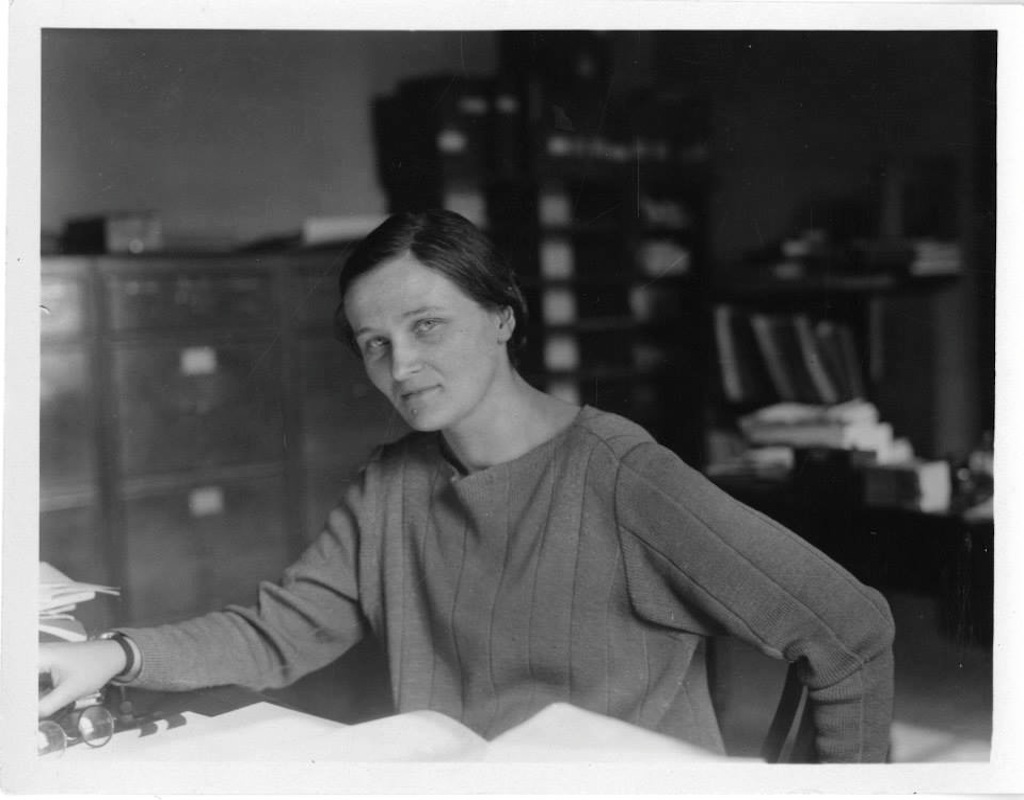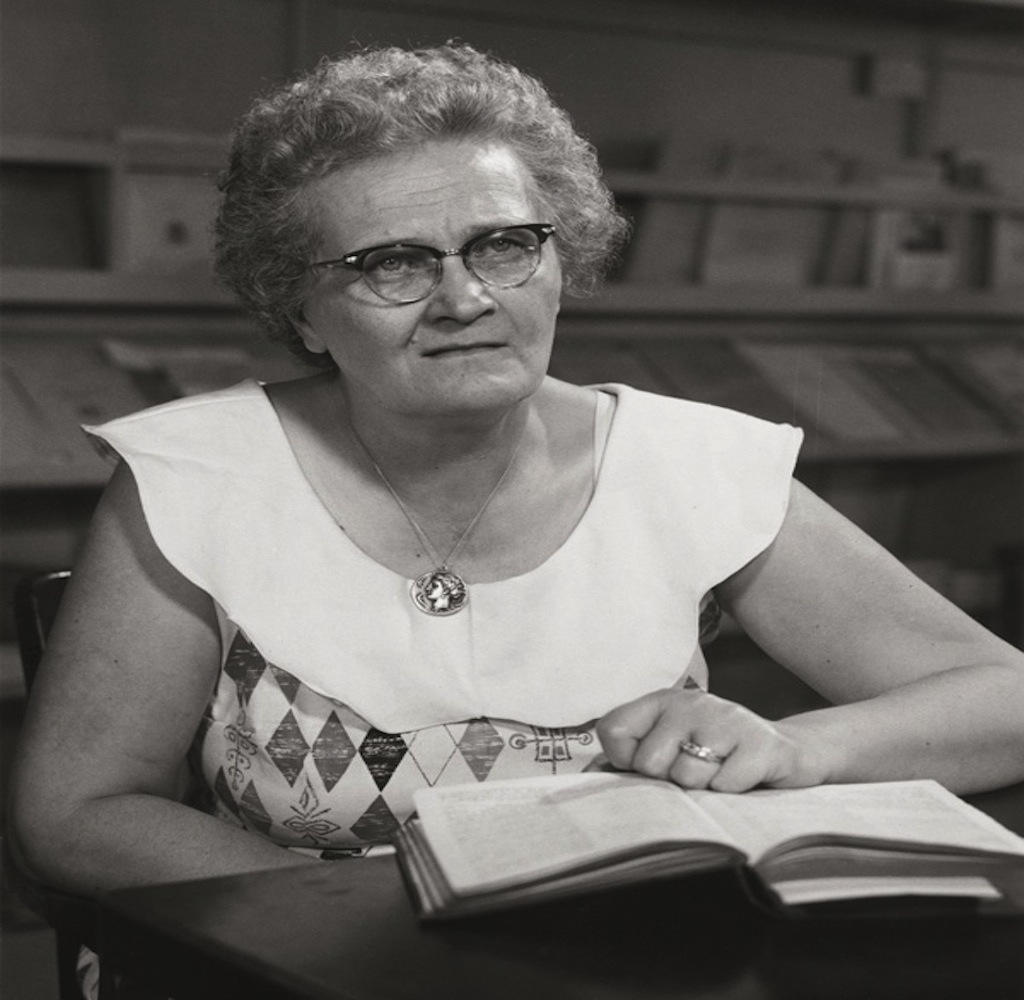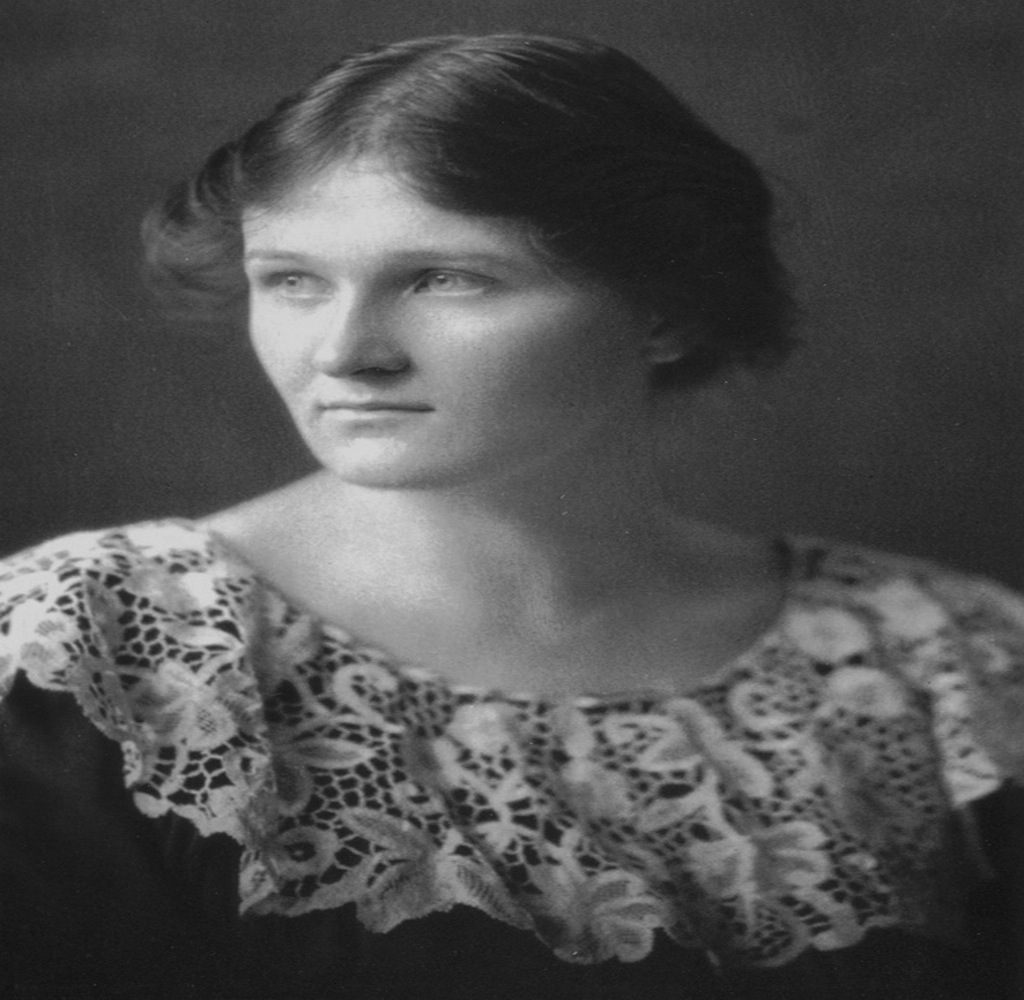
In the world of science, there are those who rise to quick fame for their discoveries and get mentioned in every school textbook, and then there are those who are left forgotten and never receive as much public recognition.
Cecilia Payne-Gaposchkin, the woman who discovered the composition of the stars in terms of hydrogen and helium, is part of the latter group. We hear that Isaac Newton discovered gravity, that Albert Einstein discovered the relativity of time and that Galileo was the first to say that the Earth revolves around the sun, but never about the remarkable contributions of Cecilia Payne to human knowledge.
In 1919, Payne received a scholarship to Cambridge University where she read about physics and chemistry, yet, after she completed her studies, she was not awarded a degree because she was a woman. It was only until 1948 that Cambridge University decided to grant women their degrees.
This did not stop her from pursuing a career in science. She began to search for grants to continue her education in the United States, and fortunately, she was introduced to Harlow Shapley, who was the director of the Harvard College Observatory and who offered fellowships for women to study at the observatory.

In 1923, she moved to the United States, and just after two years, she became the first person to earn a PhD in astronomy in Harvard. Astronomers like Otto Struve and Velta Zeberg named it “the most brilliant PhD thesis ever written in astronomy”.
Payne’s thesis established that hydrogen was the major constituent element of the stars and as such, it is the most abundant element in the universe.
She also discovered that the Sun is made of mostly hydrogen, before astronomer Henry Norris Russell told her not to publish her discovery as it “contradicted the wisdom of the time”. Four years later, however, he discovered that she was right and published it as his own work in 1929.
Though he mentioned her work in his short paper, he is often accredited for the conclusions she initially reached.
Following her doctorate, her hunger for knowledge did not end just yet, as she began to study stars of high luminosity to figure out the structure of the Milky Way. She studied around two million stars in the universe, which later helped her determine the paths of the stellar evolution (the process by which a star changes over the course of time) and published her conclusions in her second book ‘Stars of High Luminosity’.
Nevertheless, despite her remarkable achievements, Payne was never promoted to a top position and was even considering of leaving Harvard because of her poor salary.
It was in 1954, almost 30 years after her doctoral dissertation, that she was finally given the position of a full professor at the Harvard’s Faculty of Arts and Sciences, making her the first woman ever to do so. Later, she also became the first woman to be appointed to the Chair of the Department of Astronomy.
Payne’s story of courage and passion inspired other female astrophysicists like Joan Feyman, who was first dissuaded by her parents to pursue a career in science but then got encouraged after reading about Cecilia Payne’s achievements.
A famous quote of hers is, “do not undertake a scientific career in quest of fame or money. Your reward will be the widening of the horizon as you climb. And if you achieve that reward, you will ask no other.”






Comment (1)
[…] informa El Atlántico. Una de las mujeres que se benefició de este programa de posgrado fue Cecilia Payne Gaposchkincuya tesis doctoral «estableció que el hidrógeno era el principal elemento constitutivo de las […]